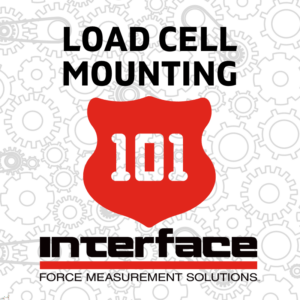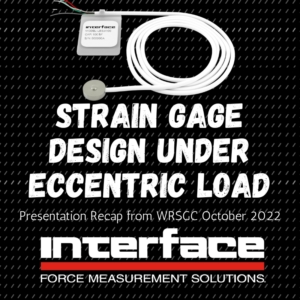
IQ Blog
Load Cell Mounting 101
Interface provides complete load cell product datasheets and drawings to locate the features for mounting. Our instructions include model, material, capacity, mounting holes, threads and dowel pins, and pilot specifications for live and dead-end use. Properly mounting a load cell ensures the sensor provides the most stable readings and accurate measurements. Learn more tips by reviewing Mounting Load Cells 101.









